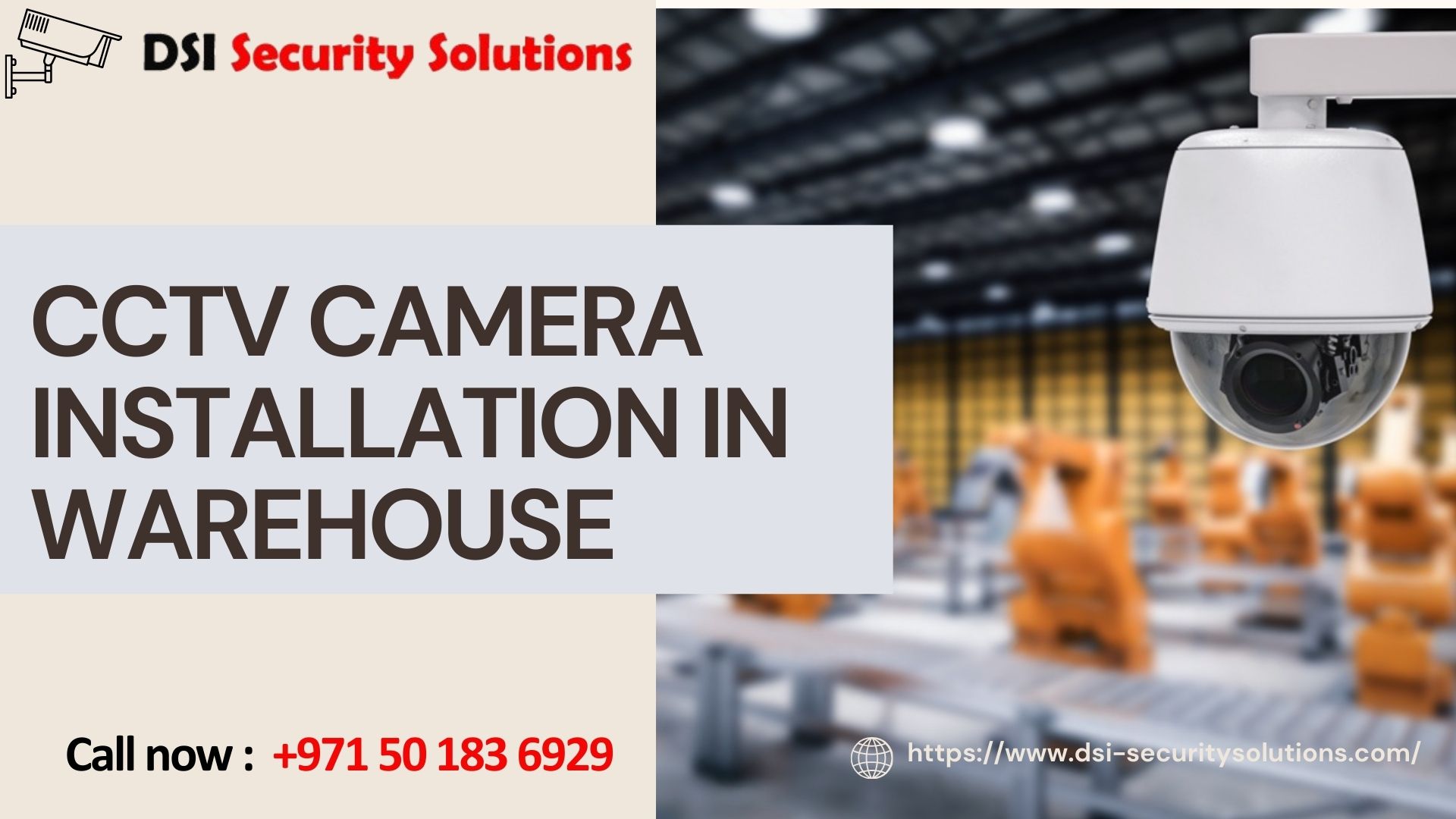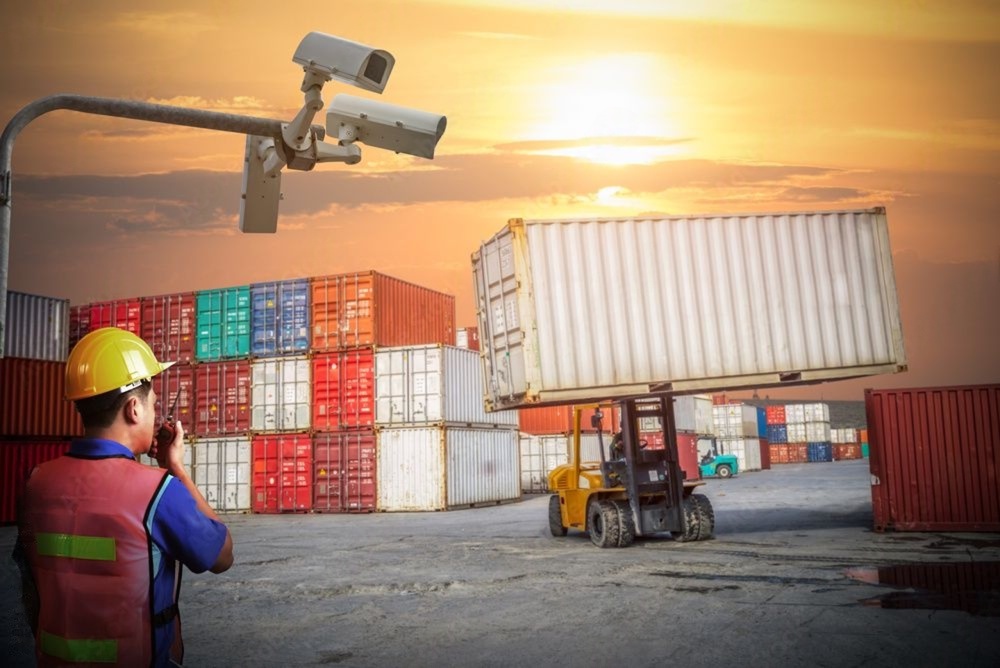
CCTV Camera Installation in Warehouse
Installing CCTV cameras in a warehouse is a crucial step to enhance security, monitor operations, and ensure the safety of assets and personnel. The importance of CCTV camera installation in warehouse environments cannot be overstated, as it serves multiple purposes, including theft prevention, employee safety, and operational efficiency. This article will delve deeper into the various elements of CCTV camera installation in warehouses, providing insights into best practices, technology, legal considerations, and maintenance.
Importance of CCTV Camera Installation in Warehouse
The primary purpose of CCTV camera installation in warehouse settings is to deter criminal activity. Warehouses often store high-value items, making them attractive targets for theft. By having visible CCTV cameras, potential intruders are less likely to attempt a break-in. Moreover, CCTV footage can serve as crucial evidence in case of any incidents, providing a clear record of events that can aid in investigations.
Enhancing Safety and Security
In addition to theft deterrence, CCTV camera installation in warehouse facilities enhances overall safety and security. With numerous employees working in large spaces, monitoring their activities can help identify unsafe practices and improve compliance with safety regulations. For example, cameras can be installed in areas where heavy machinery is operated to ensure that safety protocols are followed.
Proper placement of cameras is essential to maximize coverage. When planning for CCTV camera installation in a warehouse, focus on key areas such as:

Entry and Exit Points: These are critical areas for monitoring who enters and leaves the facility. Cameras should be installed at all access points to capture clear images of individuals and vehicles.
Loading Docks: Loading and unloading areas are often busy and can be prone to accidents or theft. Installing cameras here helps monitor the flow of goods and ensures that proper procedures are followed.
Storage Areas: High-value inventory zones should be closely monitored. CCTV camera installation in these areas can help prevent unauthorized access and theft.
Perimeter Fencing: Cameras should also be installed along the perimeter of the warehouse to detect any unauthorized access before it becomes a security breach.
Employee Workstations: Monitoring employee workstations can enhance productivity and ensure that safety protocols are being followed.
Features of Modern CCTV Systems
Modern CCTV systems offer a range of advanced features that enhance their effectiveness in warehouse environments. When considering CCTV camera installation in a warehouse, it’s important to take advantage of these technologies:
High-Definition Video Quality
High-definition cameras provide clearer images, which are crucial for identifying individuals and activities. This clarity is especially important in warehouses where lighting conditions may vary.
Night Vision
Many warehouses operate around the clock, making night vision capabilities essential. Cameras equipped with infrared technology can capture clear footage in low-light conditions, ensuring continuous surveillance.
Motion Detection
Motion detection technology allows cameras to record only when movement is detected, conserving storage space and making it easier to review footage. This feature is particularly useful in large warehouses where not all areas are constantly active.
Remote Access
Modern CCTV systems often come with remote access capabilities, allowing warehouse managers to monitor operations from anywhere. This flexibility is invaluable for quick decision-making and incident response.
Integration with Alarm Systems
Integrating CCTV cameras with alarm systems can further strengthen security measures. For instance, if a camera detects unauthorized movement, it can trigger an alarm, alerting security personnel immediately.
Benefits of Professional Installation
Expertise: Professionals understand the nuances of surveillance technology and can recommend the best equipment and placement strategies tailored to the specific needs of the warehouse.
Time Efficiency: Professional installers can complete the installation process more quickly and efficiently than an in-house team, allowing warehouse operations to continue with minimal interruptions.
System Integration: Professionals can ensure that the CCTV system integrates seamlessly with existing security measures, such as alarms and access control systems.
Regular Maintenance and Software Updates
To keep the CCTV system running efficiently over time, regular maintenance and software updates are crucial. This includes:
Routine Inspections: Regularly checking camera functionality, cleaning lenses, and ensuring that all components are in good working order can prevent issues before they arise.
Software Updates: Keeping the software up to date ensures that the system benefits from the latest features and security patches, protecting against vulnerabilities.
Data Management: Regularly reviewing and managing stored footage is essential. Businesses should establish a protocol for how long footage is retained and how it is archived or deleted.
CCTV camera installation in a warehouse is a vital component of a comprehensive security strategy. By enhancing safety, deterring theft, and monitoring operations, businesses can protect their assets and ensure a secure working environment. Proper planning, professional installation, and ongoing maintenance are key to maximizing the effectiveness of a CCTV system. As technology continues to evolve, staying informed about new features and best practices will help warehouses maintain a robust security posture.